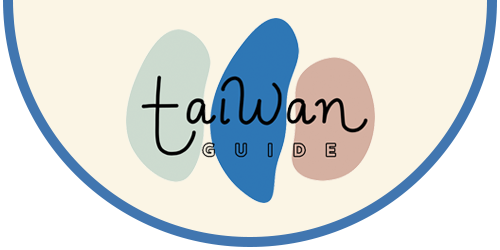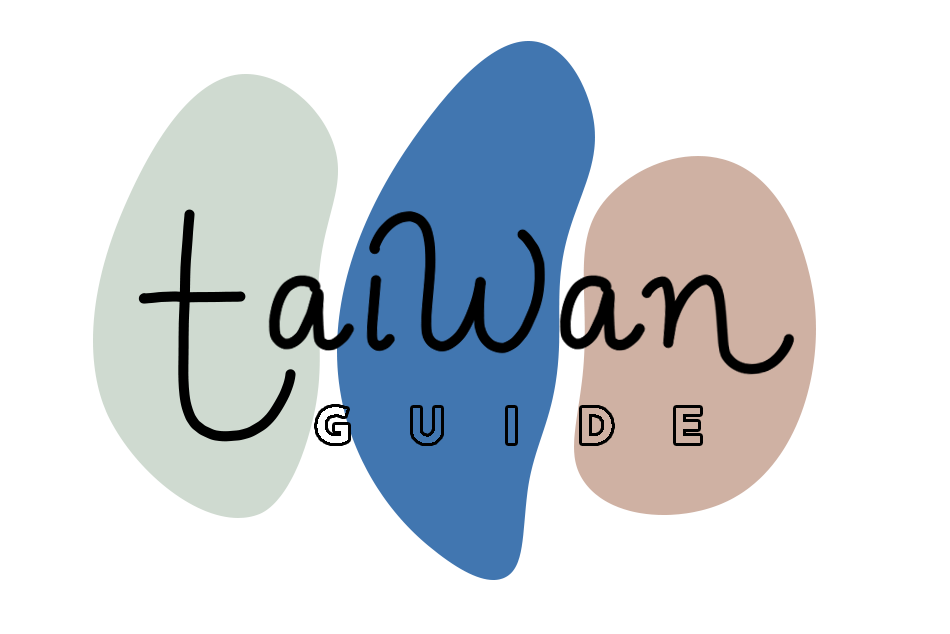// KAOHSIUNG 高雄 // DA SHU DISTRICT 大樹區 //
fo guang shan buddha museum 佛光山佛陀紀念館
a serene buddhist complex in the outskirts of kaohsiung
It’s hard to succinctly describe what the Fo Guang Shan “museum” is. Because it’s not really a museum, not really a temple. It’s a complex of buildings, shrines, connected by gardens, with community spaces, restaurants (yes, plural), gallery exhibitions and even a Starbucks. There are religious relics and places for prayer, but it falls somewhere in between a place for regular worship and a place for pilgrimage. The best way to put it is probably a “campus” for Fo Guang Shan Buddhism (one of the main Buddhist organizations in Taiwan), where people come not necessarily to worship but to learn and spend a peaceful day out. It is both a place that could be a tourist attraction and a place that warrants repeat visits for locals.
In the grand history of religious places, this one is very young. The museum’s construction began in 2003 and was finished and opened to the public in 2011, extending across 100 hectares about 30 km from Kaohsiung’s city center. The entire, expansive complex was built to house a Buddha’s tooth relic, one of three existing in the world. And the construction is full of symbolism.
Upon entering, passing through the front hall, you are met with a dramatic vista. Eight pagodas, each representing a different Buddhist idea, line a grand path that leads up to a large terrace on top of which sits the main hall (the main museum building which houses the tooth relic) and beyond that the 50 meter tall copper cast Big Buddha on top of the Fo Guang Building. The architecture is balanced and symbolic, drawing from Indian and Chinese design traditions, perched high with a beautiful backdrop of luscious southern Taiwan landscape.
The serene architecture is thoughtfully laid out, allowing for a flow of visitors without disruption to the peaceful atmosphere. Designs blend traditional and modern. The main buildings feature towering columns, intricate carvings and beautiful stained glass, complemented by statues and gardens that connect architecture and nature.
The complex is broadly divided into three sections all connected by gardens. The main section is the most iconic scene: the pagodas leading up to the Buddha Museum and Fo Guang Big Buddha statue. Then there’s the incredibly tranquil Sutra Repository. The building is so large it makes you feel tiny, as you step in, shoes off, it feels almost cinematic. And then there is the Fo Guang Shan Monastery, consisting of many shrines and halls dedicated to art, meditation, studies and more. One could easily spend an entire day perusing the complex, learning about the histories and philosophies of Buddhism, seeing contemporary Buddhist art and historic artifacts, wandering through the gardens, stopping for tea and a vegetarian meal. Throughout the year, they also hold many events from educational lectures to religious festivals to a book fair and vegetarian food expo.
Comparing religions is a tricky affair but one thing that does give Buddhism a leg up in my book is the food. I mean, what other religious institution has a vegan dim sum restaurant inside? There are several vegetarian restaurants and tea rooms throughout the complex that range from buffets to banquet rooms and serve everything from traditional Chinese vegetarian dishes to (bafflingly) mozzarella sticks.
Fo Guang Shan Buddha Museum is a cultural and spiritual experience for Buddhists, and a remarkably interesting tourist attraction for the public, with something to offer for anyone interested in history, art, culinary, ecology and religion.
the details
| Address | No. 1, Tongling Rd, Dashu District, Kaohsiung City |
| Website | http://www.fgsbmc.org.tw/ |
| Hours | 9:00-22:00 every day |
| Price | free entry, generally pretty affordable dining options |
| Aesthetic | a mix of contemporary and traditional Chinese Buddhist architecture |
good to know
Go here for: learning about Buddhism, seeing the art and architecture, spending a peaceful day in the gardens and museums
Don’t miss: the food! it’s a bit of a trek out here so plan on having a meal during your visit at one of the restaurants or tea rooms
Amount of time to spend: at least 2-3 hours plus transit, a perfect for a half day trip from Kaohsiung
When to come: in the spring or fall when the weather is mild and the gardens are in full bloom, mornings and weekdays are particularly peaceful
Getting here: the easiest way is by car (or taxi), about half and hour from Kaohsiung, and they have free parking on site. There are also buses from the main transit centers (Kaohsiung main station, Zuoying HSR station).
Other things to note:
- Tourist Friendliness: very tourist friendly, with programs, maps and materials in several languages and a helpful staff.
Last visited: April 2019
Last updated: August 2022


